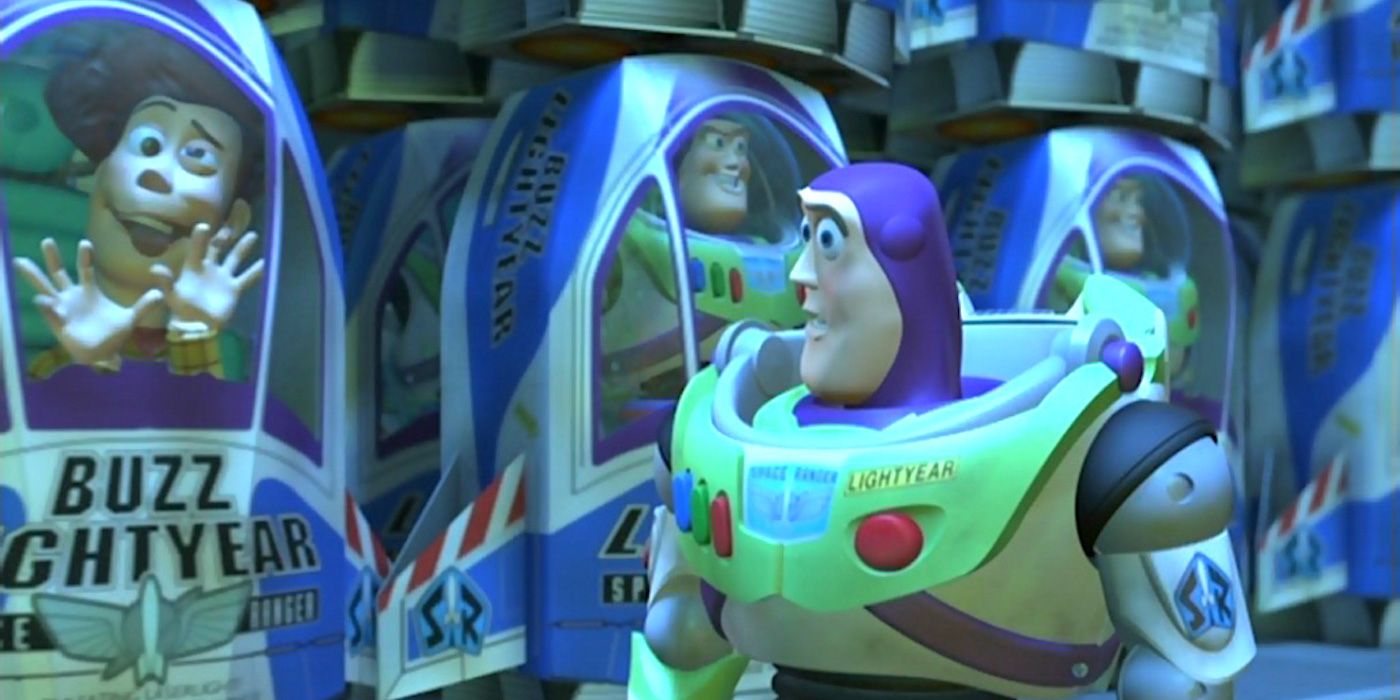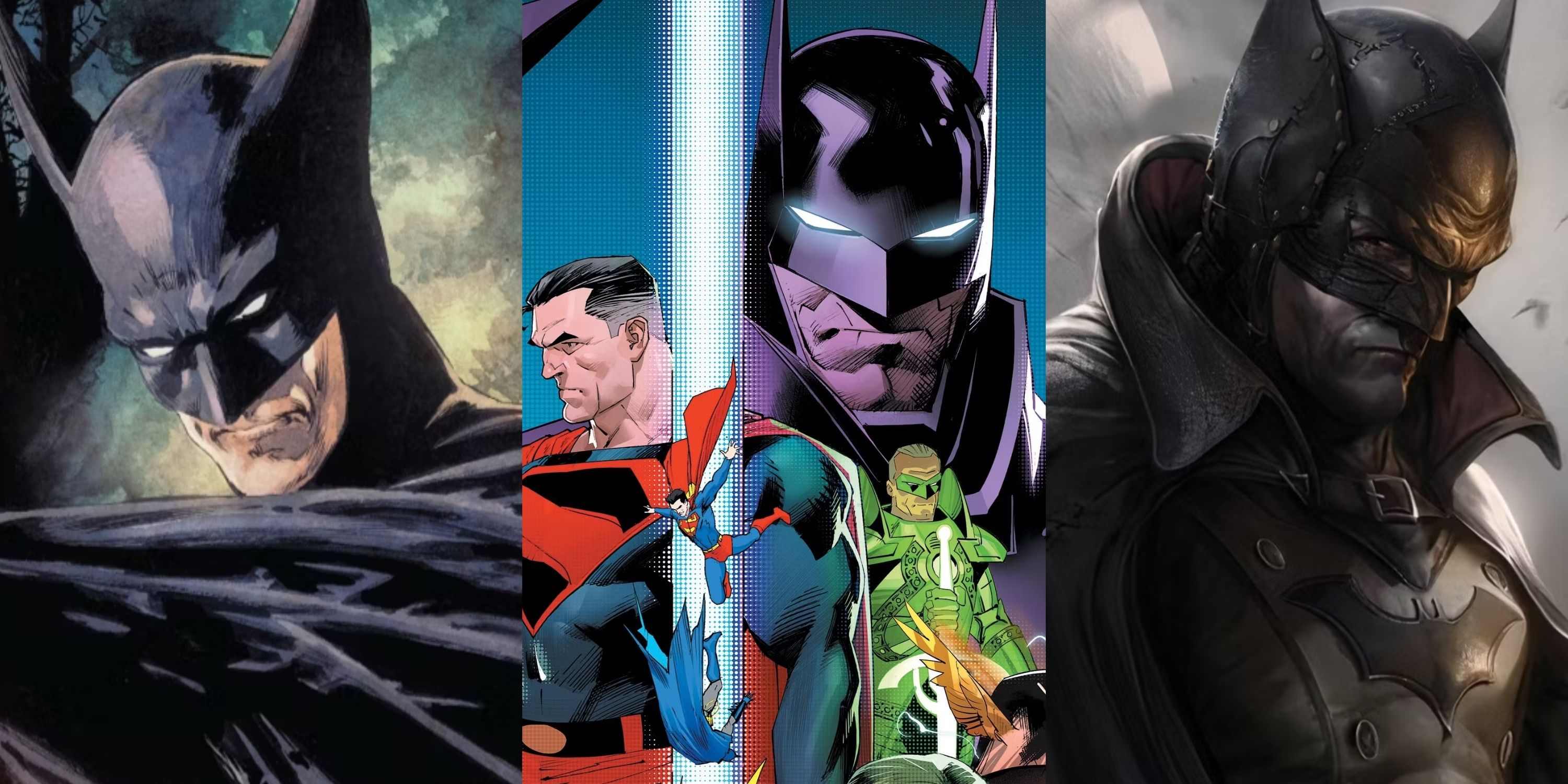Early Pixar movies featured a hilarious reel of bloopers during their end credits, but the last time these outtakes were included was in Monsters Inc in 2001. The bloopers showed the animated characters forgetting lines, playing pranks, and other pretend mistakes that didn’t make the final cut. The outtakes were a beloved idea at the time, but they have since disappeared from Pixar movies, and the reason behind this is rather vague.
The first blooper reel in a Pixar movie was attached to the end credits of the studio’s second animated feature, 1998’s A Bug’s Life. Originally, the idea was to make its debut three years earlier, in the first Toy Story, but due to time constraints, the later release worked better for the animators. The second time bloopers appeared in a Pixar movie was with the 1999 sequel Toy Story 2. Pixar head John Lasseter, who also directed these early features, wanted to show a different side to Disney’s animation output from what the audience had seen before. In an interview at the time, he said, “We picked shots and the characters from the film so that it had the feel that it was actually part of the film” (via the Las Vegas Sun).
The blooper’s final appearance came in the end credits of Monsters Inc in 2001. While it has never fully been disclosed by Pixar as to why they no longer include the bloopers, it is speculated that it simply took too much time. The idea required the actors to return to the recording studio to revisit the specific scenes, and it was a lot of additional work for the animators as well. Rumor has it that Lasseter also claimed it was just an outdated practice. Either way, it’s a shame that these hilarious blooper reels are no longer included in all of Pixar’s movies.

The bloopers featured in A Bug’s Life seem like realistic outtakes from real-life actors. They show the animated characters forgetting lines, being interrupted by noises off-camera, and even asking Lasseter for notes and advice. The scary bad guy Thumper is portrayed as intimidating and dangerous in the movie, but the bloopers show him in an entirely new light as he calls “cut” and states he doesn’t feel scary enough but then addresses “JL” (Lasseter), asking him for one more take. This removes the fear of the character that many young children would have experienced when watching the movie.
For Toy Story 2, the bloopers present a realistic friendship between Buzz and Woody, as the latter character plays harmless pranks on the former, drawing on his space helmet and flight wings and even pulling funny faces during one of Buzz’s scenes. Including these bits makes the characters feel real, almost human. Another important blooper humanizes Barbie by having her finish a scene and complaining that her cheeks ache due to her smiling so much. This shows that a seemingly perfect and well-put-together character cannot be perfect all the time, which is an important message to young children. In 2019, one of the Toy Story 2 bloopers was removed by Pixar following the #MeToo and #TimesUp movements, though, as it involved a scene with Stinky Pete and two Barbie dolls and had him telling them he could help them get bigger roles in the next film. The removal of this controversial blooper now teaches children that there is no acceptance of jokes surrounding sexual assault and misconduct.
As for the bloopers included in Monsters, Inc., they represent typical filming mishaps such as microphones coming into frame, characters messing up their lines, and hilarious snippets of characters falling or slipping. Perhaps the most important of all of Pixar’s bloopers, though, is the reveal of the supposedly renowned play called “Put That Thing Back Where It Came From Or So Help Me.” The final clip shows the characters acting out scenes from the made-up play, which Mike and Sully would use to get out of trouble. Who wouldn’t want more of that sort of blooper in today’s Pixar movies?



